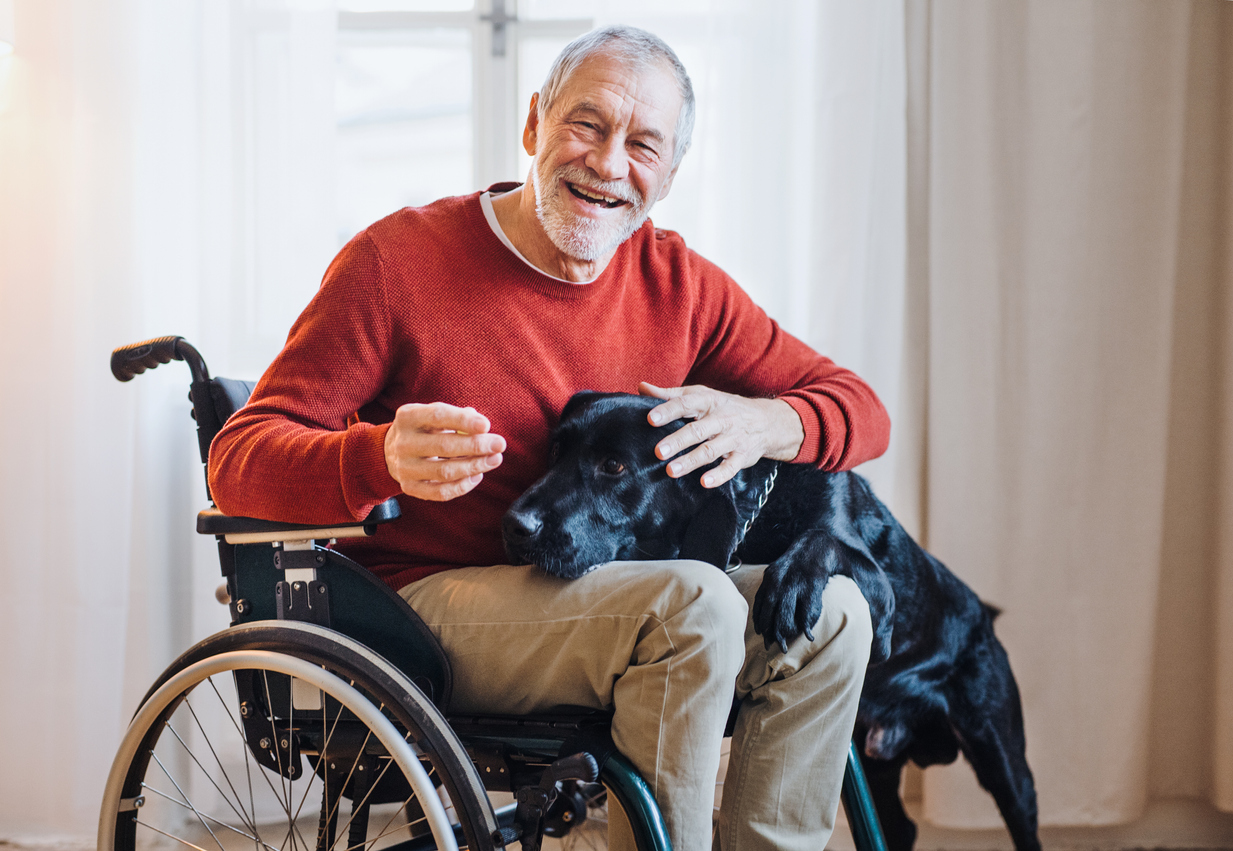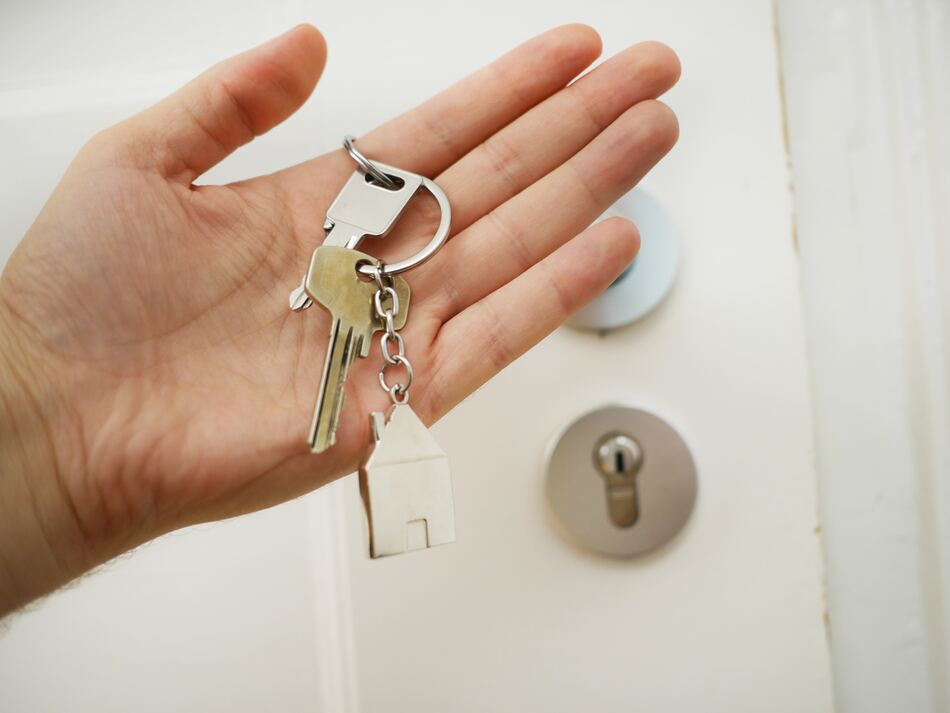A primer on home remodeling and retrofits for seniors and individuals with special needs.
Inhabiting a home that works efficiently and effectively is an important part of living life to the fullest. For people with physical handicaps, disabilities, seniors, or the elderly, however, there can be challenges that make it hard to get around the house and complete everyday household tasks like cooking, grooming, and housekeeping. A popular remodeling trend is to retrofit a home to accommodate these challenges in order to live independently rather than building a new home or moving into an institution like a nursing home or assisted living facility.
Accessible remodeling is the combination of home modifications and renovation that can help people who have physical, mental, or other types of specific needs. This is also referred to as disability remodeling, aging-in-place remodeling, special needs accommodation. barrier-free remodeling, or handicap remodeling.
This kind of remodeling is similar to standard remodeling but does require a bit more planning and customization, so it’s important to carefully consider what’s most important for your particular accessibility needs before knocking down any walls. Some things to consider and questions to ask include:
Who are you designing for?
For example, seniors with physical disabilities will have different needs than those with dementia or Alzheimer’s.
What parts of the home need to be remodeled?
Is it just one part of the home such as a bathroom, or does the entire home need to be remodeled? Is there more than one story where the stairs need to be considered? Does the outside of the home need a ramp or other accessibility adjustments?
Keep in mind the individuals with different challenges, whether physical, intellectual or both, will have varying needs and accessibility requirements. Those suffering from Alzheimers or dementia, for example, will benefit from:
- In the bathroom: grab bars around toilets, showers, and tubs; walk-in bathtubs or a shower conversion; bath seats and bath boards
- In the kitchen: utensils easy-grip cutlery; non-slip cups; large handles on cabinets (rather than knobs); height-adjustable cupboards; safety-controlled appliances (such as a kettle tipper)
- Throughout the house: ramps and wide doors for wheelchairs and walkers; height-adjustable shelving and cabinets; automated bright lighting; signage on doors and even a ceiling lift to aid with mobility around the entire house.
Many of these accessibility adjustments can also be helpful for individuals with physical handicaps, but the following are also useful considerations:
- Creating accessible entrances: ensure that ramps and doorways are wheelchair-friendly (doorways should be at least 36 inches wide to accommodate most wheelchairs); for homes with stairs, consider installing a chair lift
- Keep important appliances, electrical controls, shelves and cupboards within reach: use smart home technology to control lights, alarms, thermostats, and door locks;
- Flooring should be wheelchair-friendly, too: avoid carpeting, and instead consider hardwood, laminate, slip-resistant vinyl, or cork floors
- In the bath: install wheelchair-height sinks with space underneath to roll under; if your budget allows, consider installing vacuum-sealed showers and tubs or rimless roll-in showers
- In the kitchen: install ADA-compliant appliances; consider installing pull-out drawers rather than traditional door cabinets; use a roll-up shallow-basin sink with a hose faucet; make sure under-sink pipes are insulated to avoid scalding
Are there service animals in the home?
Don’t forget to think about accommodating the home remodel to include service animals such as emotional support, therapy, or service dogs. For example, many of the best emotional support dog breeds and best therapy support dog breeds will need plenty of room to maneuver in a home and need to be able to reach areas like counter tops or cupboards.
What you remodel and change will depend largely on the type of service animal and their purpose. The most popular and best emotional support dog breeds include Labrador Retrievers, German Shepherds, Poodles, Yorkshire Terriers, and Beagles. The most popular and best therapy and service dog breeds include German Shepherds, Labrador Retrievers, Golden Retrievers, Pomeranians, and Collies.
Do you need to make more room for caregivers, nurses, or other live-in assistance?
Perhaps a den needs to be converted to a bedroom or an additional bathroom needs to be added to the home.
Is there any new home technology that can help increase accessibility?
There are many smart home devices on the market today that can make it easier to answer a knock at the door, set a thermostat, and more. Here are some common automated and smart home devices on the market today that can help improve accessibility in the home:
- automated digital home assistants (such as Amazon Echo or Google Home)
- smart locks and video doorbells (such as the August Smart Lock or the Ring Video Doorbell)
- smart thermostats (such as Nest)
- dimmable and motion-activated smart LED lighting (such as the Philips Hue lighting system)
- automated curtains and blinds (such as My Smart Blinds)
Have you considered all the little details?
Are you designing for everyone?
There’s a relatively new concept called universal design, which is a set of seven design principles that define the best ways to make buildings accessible and usable for people of differing abilities. When a home’s design is tailored to one individual’s use, this is usually referred to as “accessible design” and, while it addresses the same issues as universal design, it may be highly customized. However, according to universal design principles, it should also be beautiful and usable by all members of a household and preserve the value and appeal of a home when it comes time to sell it. It’s important to keep this in mind when undertaking any remodeling project, but especially when it comes to addressing special needs home remodeling.
How to get started
The best way to ensure the success of any project is to do thorough planning and research and then hiring the right people for the job. This means working with contractors, handymen, interior designers, architects, and other pros who are experienced in home remodeling for disabled, seniors, and other special needs populations. Contact Porch to get connected to all the right people who can help plan your accessibility remodeling project.




